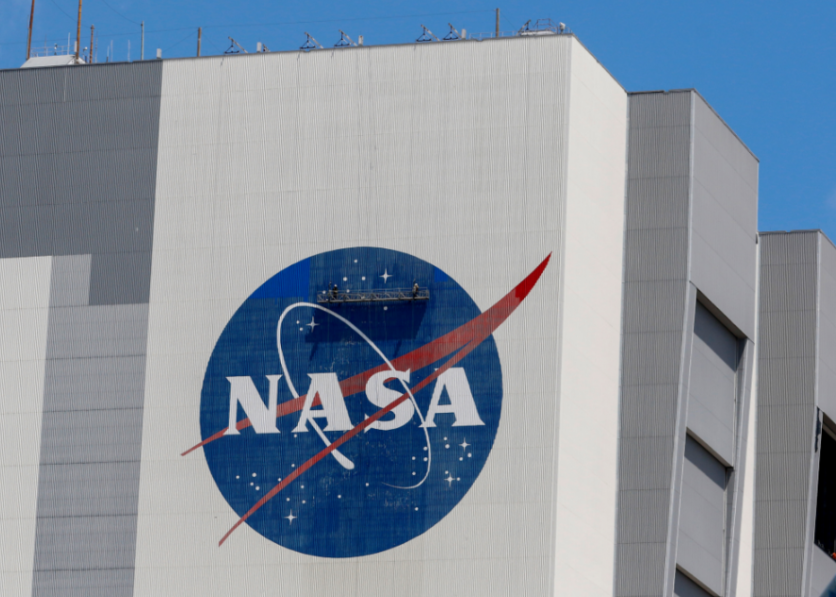NASA's Hubble Space Telescope will most likely be replaced soon. And eventually, a successor will come and take its place even it will still go on for at least another decade.
The successor for NASA's Hubble is the Wide Field Infrared Survey Telescope and they just gave it a new name. Even though the instrument is still in development, it has already been named the Nancy Grace Roman Telescope, or Roman Space Telescope for short.

NASA's next great space telescope has been named: The Nancy Grace Roman Space Telescope
Nancy Grace Roman started her work at NASA back in 1959 and died late 2018. She was often called the "Mother of Hubble" because that telescope would have never existed in the first place if it weren't for her and her hard work.
Jim Bridenstine, NASA Administrator has said in a statement, "It is because of Nancy Grace Roman's leadership and vision that NASA became a pioneer in astrophysics and launched Hubble, the world's most powerful and productive space telescope. I can think of no better name for WFIRST, which will be the successor to NASA's Hubble and Webb Telescopes."
Born on May 16, 1925, in Tenessee, Nancy Roman gave it all she can whenever challenges came and plagued many of the women in her generation that were interested in science. She came to NASA in 1959 just six months after the agency was established. There she served as the chief of astronomy and relativity where she managed astronomy-related grants and programs.
"Through Roman's leadership, NASA launched four Orbiting Astronomical Observatories between 1966 and 1972. She also championed the International Ultraviolet Explorer, which was built in the 1970s as a joint project between NASA, ESA (European Space Agency) and the United Kingdom, as well as the Cosmic Background Explorer, which measured the leftover radiation from the big bang and led to two of its leading scientists receiving the 2006 Nobel Prize in Physics," NASA said.
The Agency described the new telescope as it was designed to have two instruments which are the Wide Field Instrument and the Coronagraph Instrument. The latter will be performing high contrast imagine and spectroscopy, while the Wide Field Instrument will be having a field of view that is a hundred times greater than the Hubble. This will allow it to capture more of the sky with less time.
Nancy Grace Roman was a born leader and advocate, and was dedicated to contributing to NASA however she can in the field of astrophysics.
![Apple Watch Series 10 [GPS 42mm]](https://d.techtimes.com/en/full/453899/apple-watch-series-10-gps-42mm.jpg?w=184&h=103&f=9fb3c2ea2db928c663d1d2eadbcb3e52)



